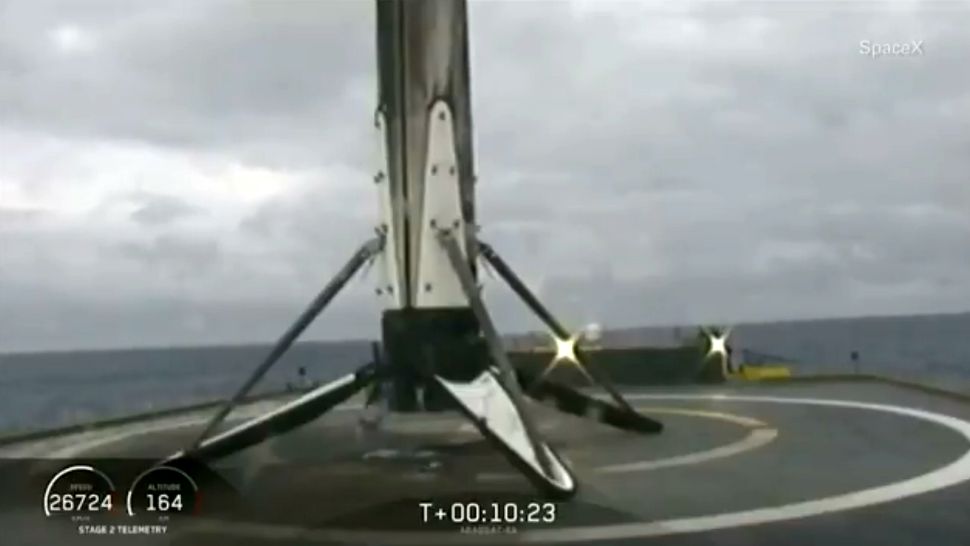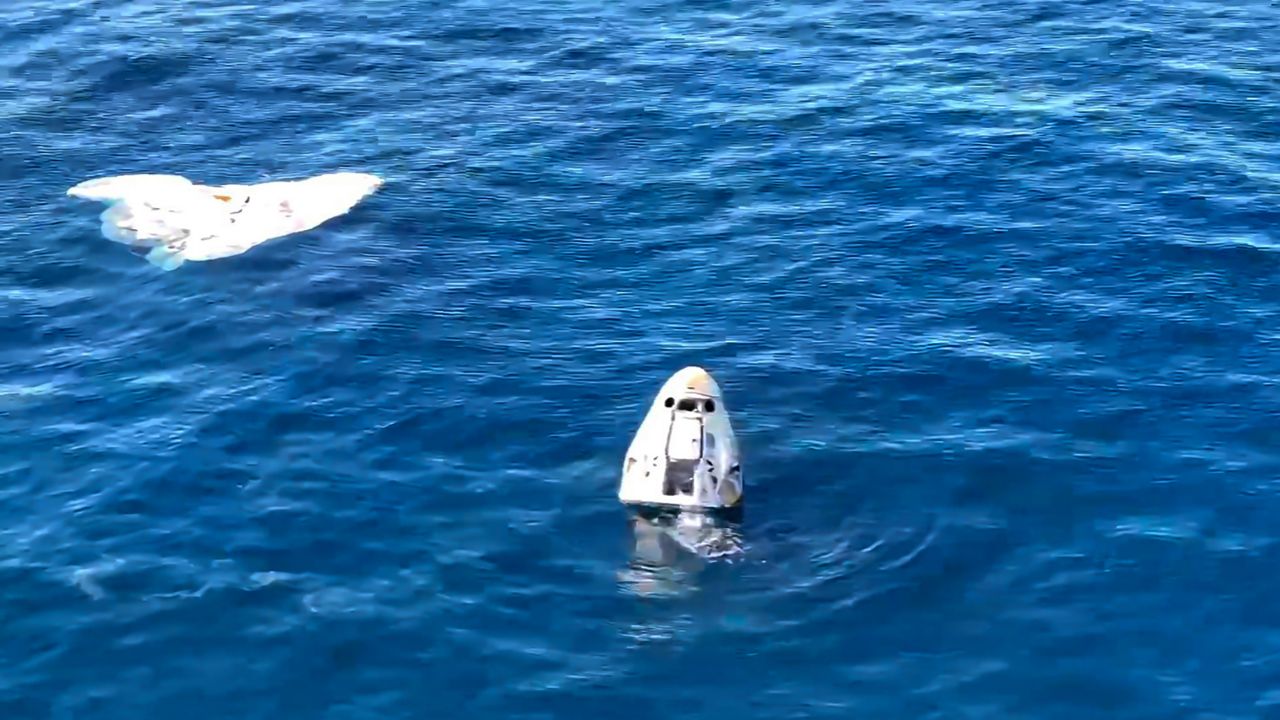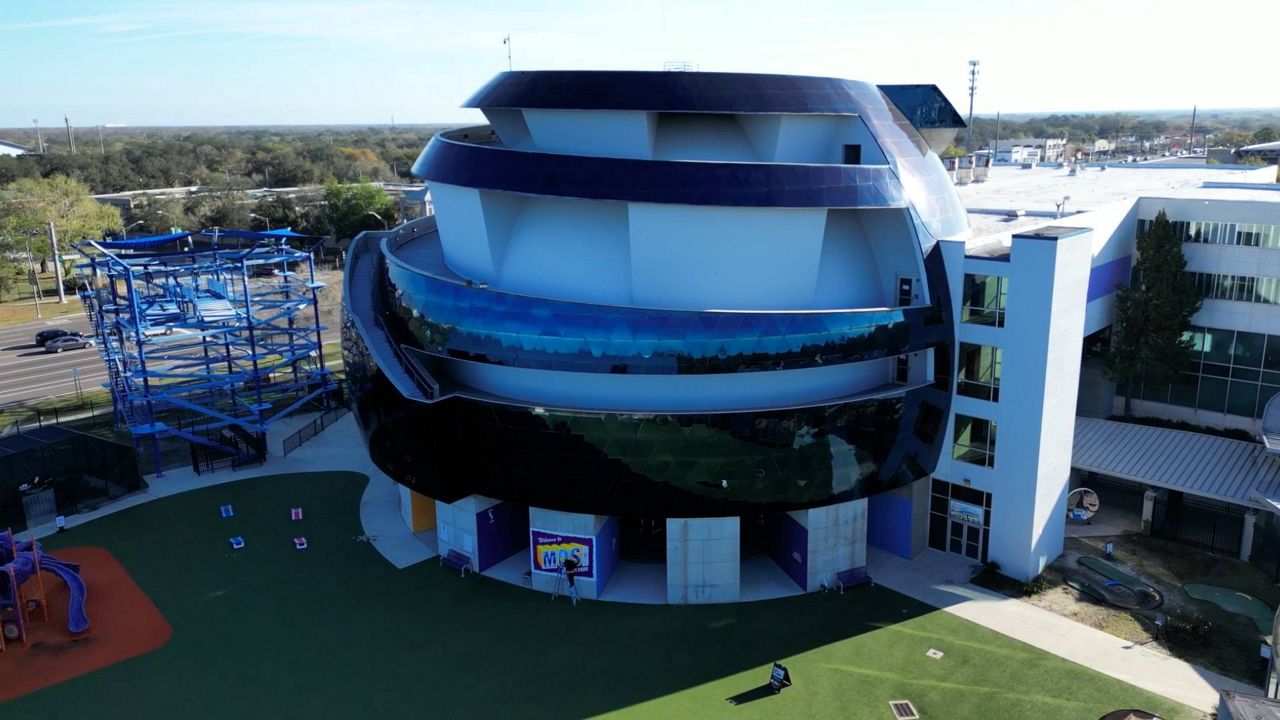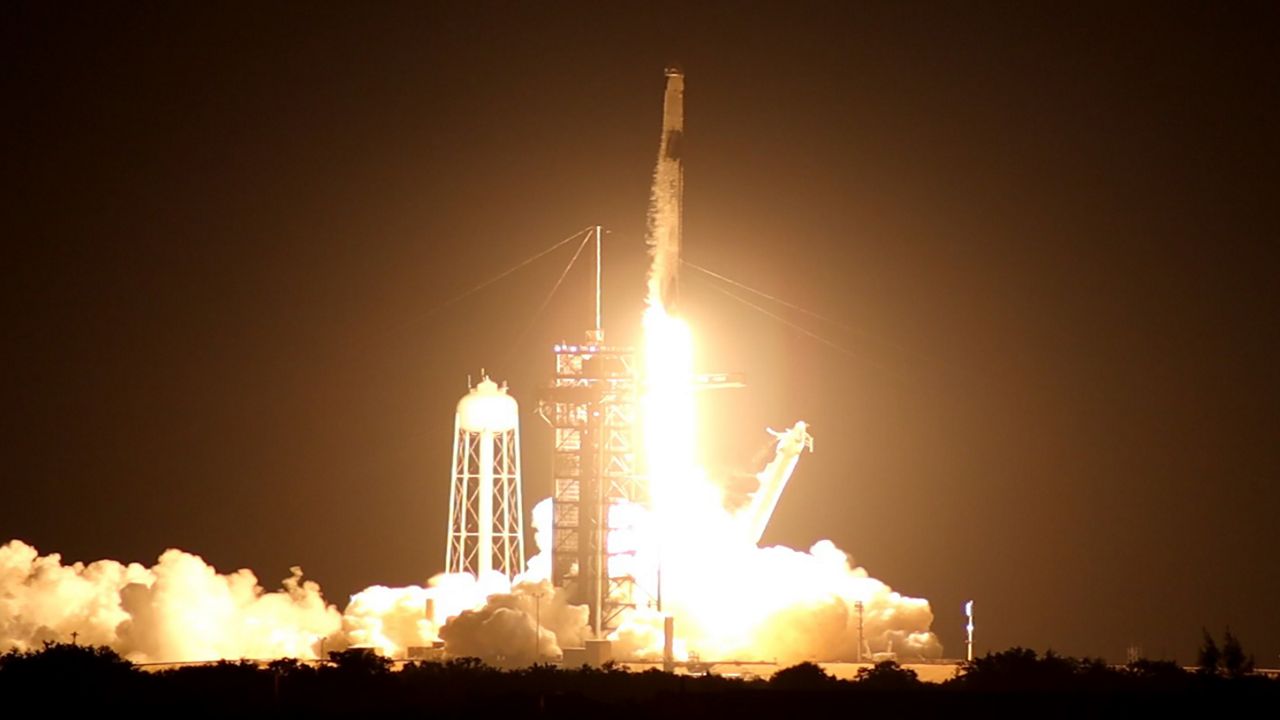PORT CANAVERAL — SpaceX says the middle-core booster rocket that landed on a drone ship off the Space Coast tipped over at sea and is no longer intact.
- The booster fell due to heavy ocean waves
- Crew with the boaster OK
- RELATED: Falcon Heavy's Main Booster Core Falls Off Drone Ship
The booster, along with two others, launched a satellite to orbit last week from the Kennedy Space Center, on the Falcon Heavy's second mission.
We’re in #PortCanaveral this am, waiting for #SpaceX’s drone ship to return from sea. #FalconHeavy booster that landed on ship, tipped over at sea. pic.twitter.com/xktTNECoSf
— Jerry Hume (@JerryHume) April 16, 2019
The two side boosters touched down 8 minutes after launch, at Landing Zones 1 and 2 at the Cape Canaveral Air Force Station.
The middle-core booster landed on the drone ship, hundreds of miles off the coast in the Atlantic Ocean.
However, conditions worsened and with 8 to 10 foot waves, the booster began to shift and "was unable to remain upright."
The crew with the booster is ok.
"Over the weekend, due to rough sea conditions, SpaceX's recovery team was unable to secure the center core booster for its return trip to Port Canaveral. As conditions worsened with 8 to 10 foot swells, the booster began to shift and ultimately was unable to remain upright. While we had hoped to bring the booster back intact, the safety of our team always takes precedence. We do not expect future missions to be impacted," stated SpaceX spokesman James Gleeson.
SpaceX Founder Elon Musk tweeted on Tuesday "engines seem ok, pending inspection."
Engines seem ok, pending inspection
— Elon Musk (@elonmusk) April 16, 2019
He also said the core booster has attachment fixtures that are different from standard Falcon 9 rockets and they were not ready in time for this recovery attempt.
It can, but the attachment fixtures are different from standard F9 & they weren’t ready in time
— Elon Musk (@elonmusk) April 16, 2019
SpaceX recovers its boosters in an effort to reuse them to drive down the cost of launches.
Those two side boosters that landed on land will be used for the next Falcon Heavy launch.
The returned side cores from the Arabsat 6A mission will require analysis to determine reusability. Pending the condition of the side cores, the target launch date is NET Jun 19.
— AF SMC (@AF_SMC) April 15, 2019
The U.S. Air Force Space and Missile Systems Center tweeted that its Falcon Heavy launch, named STP-2, could happen by this June.








